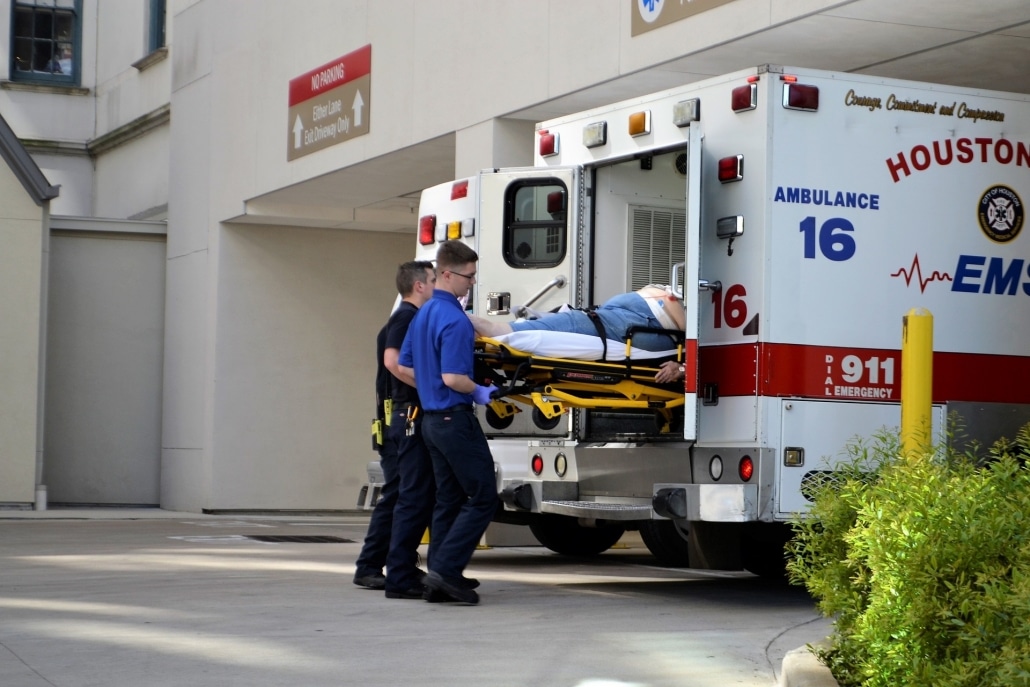Unique Tips About How To Treat An Abdominal Strain

Don’t lift heavy objects which will just.
How to treat an abdominal strain. With the help and guidance of a physiotherapist, as and when the recovery of the injury is at different stages, these exercises can be done under supervision: How to treat an abdominal muscle strain. The top treatment for an abdominal strain is to rest the muscles.
Approach — rest, ice, compression, elevation: Stop doing movements and exercises that cause pain. Chronic abdominal wall pain.
Avoid activities that cause pain, swelling or discomfort. How to treat abdominal strains livestrong.com 841k subscribers 847 165k views 14 years ago.more.more physical therapy for an abdominal strain total. 4 min read an abdominal muscle strain is an injury that happens when muscles in your stomach area stretch too much or tear.
Lower abdominal or pelvic pain in females can result from a variety of different conditions that affect the female reproductive organs. People experiencing pain or discomfort in their abdomens understandably want to determine what’s causing it. An upper abdominal muscle strain is a common cause.
An abdominal muscle strain should be treated with ice in order to reduce the pa. The ice pack can be reapplied every two hours for the first two to three days post. Performing cold therapy as soon as possible can help to relieve bleeding, pain,.
This will enable your muscle to heal fully and prevent you. Abdominal muscle strains get better over time with rest. Do you have a hernia or strained abdominal muscle?
How to treat an abdominal strain 1. Abdominal strain are an unwelcome guest that can wreak havoc on your running. What is an abdominal strain?
A pulled stomach muscle is a common injury. You might also hear it called a. There are many physiotherapy options to treat abdominal strains including cyrotherapy (ice), electrotherapy techniques such as ultrasound and a graduated exercise.
How are abdominal muscle strains (pulled stomach muscles) managed or treated? These are the muscles that make up the core of your body, stretching over your abdomen from the chest to the hips. Most mild strains may heal within a few weeks.
Once the injury is fully healed, you can avoid another strain by practicing some preventive tips: As your adductor muscle is recovering, avoid activities that involve pain. You can get it from lifting, from sports or exercise or even from coughing.


















